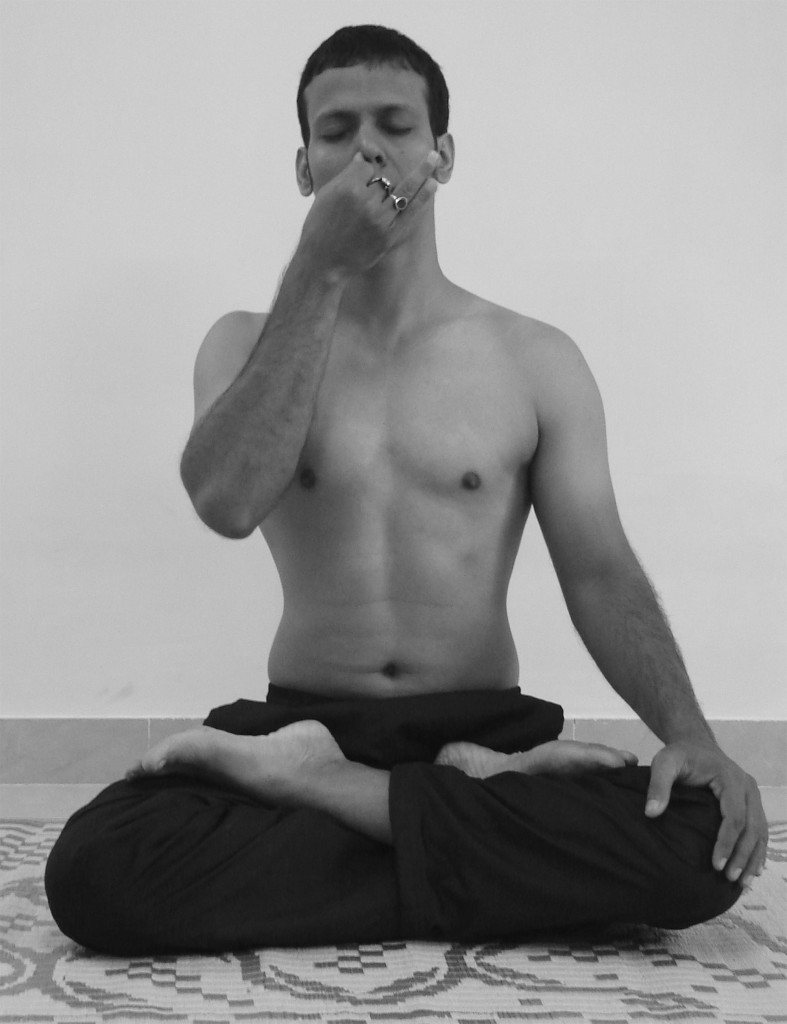Pranayama is the fourth step of the path explained by Patañjali in the Yoga Sütras. In 11.49-52, Patañjali indicates that the practice of pranayama begins after perfecting the asanas, subsequent to the practitioner acquiring perfect stability in posture. In this way, he/she can practice pranayama in a sitting position without pain or discomfort.
Different methods and rhythms of respiration are practiced in pranayamas after fine-tuning the Yogi breathing. The four steps of breathing are crucial: inhalation, retention, exhalation, and void retention. The goal is to control the prana that comes within that breath. The breath is the vehicle that carries the prana, but breathing is not prana.
Prana is the vital energy. The one that makes the sun rise in the morning, that moves the waves in the ocean, that gives life to plants … It is the energy that allows me to open my mouth, to write, read, get up, walk; the one that controls and strengthens our processes of elimination, respiration, and digestion; the one that causes our hearts to tick, and the blood to flow… It is the energy in the semen, ovules, in the act of making love, in the thoughts, in the memories, in our dreams… It is the power that rules the universe and all its manifestations, including the latent ones, and of course, human beings. There is no life if there is no prana.
Through breathing, we acquire most of our prana. Hence the importance of working with the breath, of re-learning how to breathe. You have probably observed that when you are angry your breathing accelerates. Consciously working with the breath in a moment of anger takes away the agitation and quiets the mind and heart. It also helps in controlling fears, confusion, insomnia, lack of confidence, asthma…
Many pranayamas are also kriyas (cleansing techniques). For example, there is a pranayama that is excellent for eliminating mucus in the nostrils. There are pranayamas to calm, to give us balance (very good for people suffering from bipolar disorder), to work with specific chakras, for people suffering from asthma, and so many more.
The pranayamas need to be practiced with caution and learned from a teacher with the proper knowledge. There are advanced pranayamas and others that can do harm to individuals suffering from a specific condition. But everyone can enjoy and benefit from some form of pranayama.

